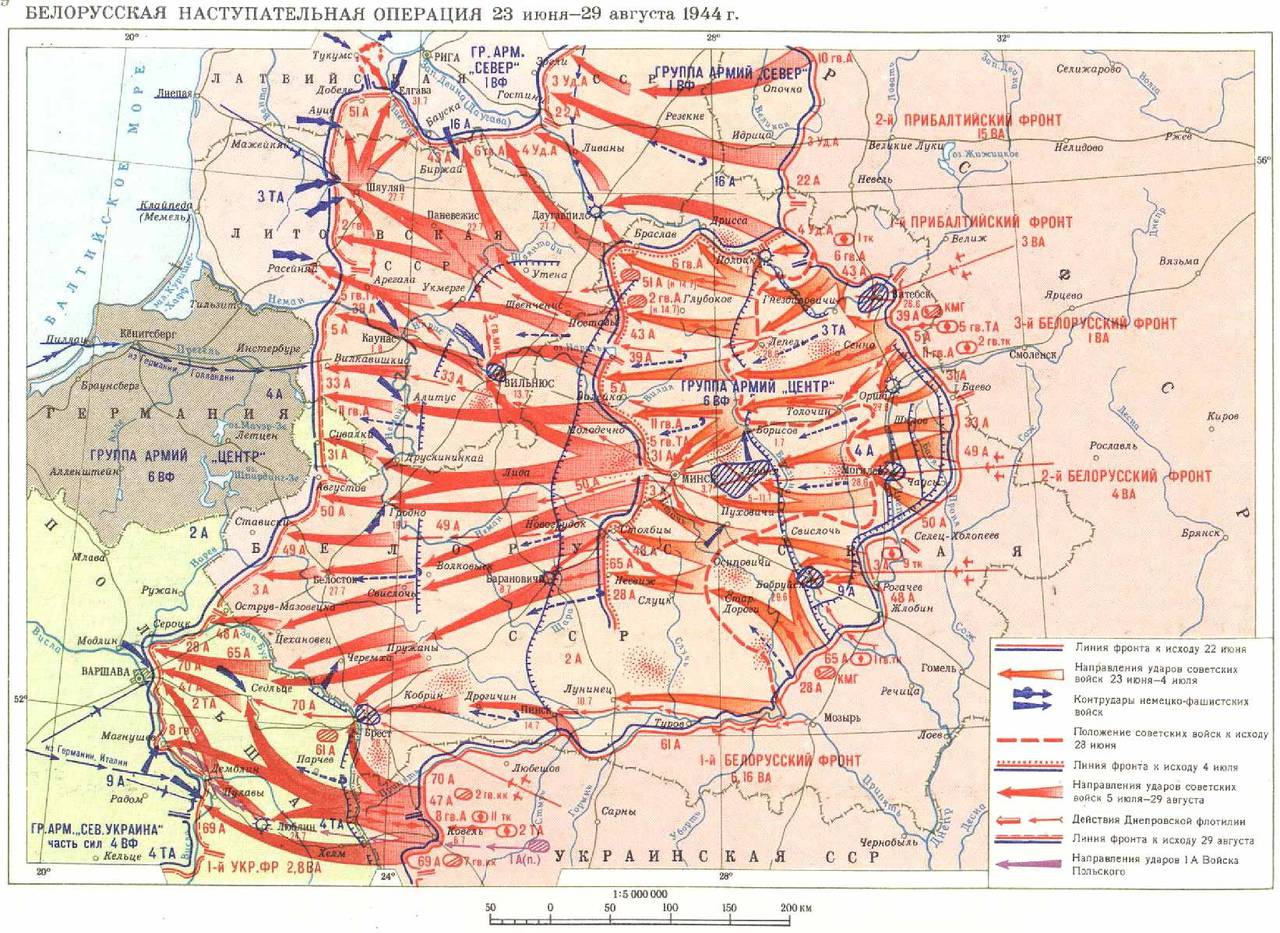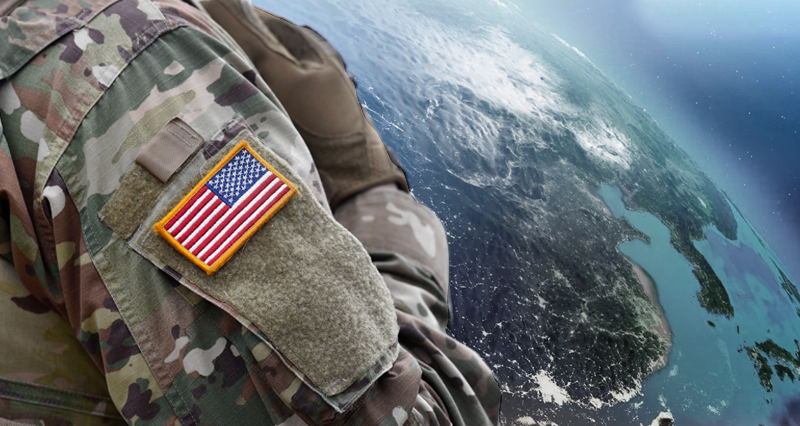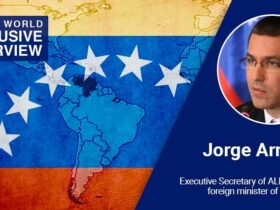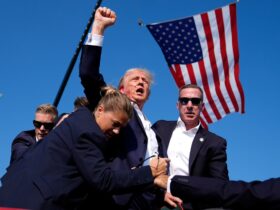By Orçun Göktürk *
While the almost a year-long Russian special military operation in Ukraine is halting NATO’s expansion to the East, the United States of America (USA) is simultaneously stepping up its aggression not only in Europe but also in the Asia-Pacific. Melodie Ha, an expert at the US Department of Defense, recently stated: “We need to further engage our military diplomacy and discuss with our allies what we can do together to counter the People’s Liberation Army of China in the Asia-Pacific”. Pentagon experts claim that “thanks to” the ongoing Atlantic-Eurasian conflict in Ukraine, the Asia-Pacific has been given the opportunity for new military agreements.
US effort to engage Indonesia in the Atlantic alignment
Let’s go back to the beginning of February 2022. Indonesia, which can be considered the most important component of the Association of Southeast Asian Nations (ASEAN), and the United States had signed an agreement worth approximately $ 14 billion. On 11 February 2022, a statement from the US Agency for Defense and Security Cooperation said: “The US State Department has decided to approve the sale of F-15ID fighter jets and related equipment to Indonesia with an estimated value of $13.9 billion.” Pentagon expert Melodie Ha has claimed that this deal increases US allied relations in Southeast Asia with the Russian intervention in Ukraine.
However, Russia’s special military operation began 10 days after this agreement. Despite knowing this simple fact, American experts are desperately stepping up their strategy to contain China in Indonesia, the world’s largest island nation. Indonesia, the only G20 country in the ASEAN, is of critical importance to the United States. “Indonesia is a vital partner for the United States in the Indo-Pacific,” the US state website states, immediately followed by an emphatic mention of the country’s strategic location “bordering the South China Sea”.
Indonesia’s unique location
Indonesia, one of the key countries of the geopolitical leap that led to the Bandung Conference in Indonesia in the middle of the last century, where nearly 30 newly independent Asian and African countries came together against imperialist colonialism, and from there to the Non-Aligned Movement, is expected to be one of the important playmakers of the 21st century as the 4th most populous country with a population of nearly 300 million.
However, US-Indonesian relations have suffered a significant setback under Donald Trump. Trump has never visited Indonesia during his presidency, even missed four East Asia Summits during his tenure and did not meet with any Indonesian leader. In turn, Indonesian President Joko Widodo has never visited the White House. In addition, Indonesia is also known to be uncomfortable with the anti-China strategy that has become more pronounced under Trump.
Under Biden’s presidency, the damaged relations are being repaired and the current situation is being reversed. In Biden’s first year in office, he sent Deputy Secretary of State Wendy Sherman, Assistant Secretary of State for East Asian and Pacific Affairs Daniel Kritenbrink and Secretary of State Antony Blinken to visit Jakarta. The G20 summit in Jakarta in April last year offered the United States another opportunity to repair relations that had deteriorated under Trump. A few months before the G20 Summit, Antony Blinken’s visit to Indonesia and the announcement of a new $14 billion arms deal ushered in a new era in relations.
Military base agreement in Philippines
Another provocative step by the US in the Pacific came from the Philippines last week. On February 2, the US and Philippines Defense Ministers announced that Washington will be allowed access to 4 more bases under the Enhanced Defense Cooperation Agreement (EDCA) signed in 2014. This will allow a large number of American troops to return to the Philippines for the first time in 30 years. A senior Philippine official told AFP that negotiations are ongoing for a potential fifth base.
New consensus with Japan
The new military agreements in Indonesia and the Philippines appear to fill the gaps in the US strategy of encircling China in the region, starting from South Korea and Japan and extending southwards to Australia. The increasing influence of American policies on Japanese politics after the assassination of Shinzo Abe was once again demonstrated by the visit of Japanese leader Fumio Kishida to Washington on 13 January. The Brookings Institution, the world’s most powerful “think tank”, announced Kishida’s visit with the following words: “Japanese Prime Minister Fumio Kishida’s first visit to Washington marks a major transformation in the US-Japan alliance. Japan’s new security reforms and Tokyo’s proactive response to the Ukraine crisis are being warmly welcomed in Washington.”
“Any unilateral attempt to change the status quo by force or coercion, wherever it occurs, will be opposed,” according to the statement released after the Biden-Kishida meeting. Considering that Japan has named China as “the greatest strategic challenge to Japan” in its 2022 National Security Strategy, it is clear that China is the country meant by “any attempt to change the status quo by force” in the meeting of the American and Japanese leaders.
It should also be noted that Japan has announced that it will allocate 1% of its GDP to the Defense Industry, leaving aside its ceiling strategy that has been unofficially in place for years, and that in its 2022 National Security Strategy, for the first time since World War II, the Defense Forces will be empowered to respond to an attack by striking deep into enemy territory. Japan’s decision to upgrade its military capacity followed last week’s visit of NATO Secretary General Jens Stoltenberg to Tokyo. Kishida stated that he explained Japan’s 2022 National Security Strategy, which was announced at the end of last year, to Stoltenberg and received special support from him. “We are concerned about Russia’s increasing military cooperation with China, including joint operations and exercises around Japan,” the two said in a statement released after the meeting, adding, “We recognize that the security of the Euro-Atlantic and Indo-Pacific are closely linked. We emphasize the need to further strengthen Japan-NATO cooperation to respond to the changing strategic environment.”
Will the Asia-Pacific submit to the US?
It is obvious that the US is increasing its strategy to encircle China in the Pacific with moves such as creating a new anti-China consensus in South Korea and Japan in the North, reopening military bases with the Philippines in the South to the US military, and selling warplanes to Indonesia. However, it is possible to say that this effort is futile. Because China is the biggest trade partner of all the countries mentioned. In addition, the entry into force of the Regional Comprehensive Economic Partnership (RCEP) at the beginning of last year is one of the biggest obstacles to an anti-China coalition effort in the region in the coming period. At the end of 2021, China-ASEAN relations were elevated to the level of ‘comprehensive strategic partnership’. Add to this the fact that ASEAN has not openly taken a stand against Russia against US coercion, and it seems that the US attempt to militarize the Asia-Pacific is doomed to fail. Considering the growing strategic ties between India, one of the most influential states in the region, and Russia, the US is left with the separatist administration of Taiwan.
Where does Taiwan fit in the US strategy?
CIA Director William Burns’ provocative statement at a university on 2 February that “We have intelligence that the People’s Liberation Army of China will invade Taiwan by 2027” is a product of the strategy to increase American influence in the region by creating fear of China. The defeat of the Taiwanese people to the separatist Democratic Progressive Party in the last local elections gives a clue to the general elections to be held next year. If memory serves, the American puppet Tsai Ing-wen resigned from her party after the election defeat. This is why the geopolitical rupture in the region is not in favor of the US but against it.
The condition for peaceful coexistence in Asia-Pacific
While the armed struggle against NATO continues, the Pentagon has announced that it will increase its arms sales by 50 per cent in 2022 compared to the previous year, to $52 billion, by creating an anti-Russian and anti-Chinese sentiment. However, the place of the leading countries in the Asia-Pacific, such as India, Japan and Indonesia, in the coalition the US is trying to create is not guaranteed.
Given the horrific history of Western imperialism, which has brought nothing but destruction and death to the region, such as the Opium Wars, the colonization of India, the Korean and Vietnam Wars, the will of Asian peoples to live together in peace stands as a huge barrier to American plans. The following words of Xi Jinping at last year’s Boao Forum for Asia show the clues to the establishment of peace in the region and why Asia is on the frontline of humanity:
“Asia’s overall stability and continuous rapid growth have made the Asian Miracle possible. When Asia is doing well, the whole world benefits. We must therefore continue to develop and strengthen Asia, unleash Asia’s resilience, wisdom and strength, and make Asia an anchor for world peace, a powerhouse for global growth and a new vanguard for international cooperation.
“We must resolutely safeguard peace in Asia. The ‘Five Principles of Peaceful Coexistence’ and the ‘Bandung Spirit’ first advocated by Asia are even more relevant today. We must respect the principles of mutual respect, equality, mutual benefit and peaceful coexistence, pursue a policy of good neighborliness and friendship and ensure that we always hold our future in our own hands.”
* participant of International Master of Public Administration, future leaders program, Tsinghua University, Beijing / China

















Leave a Reply